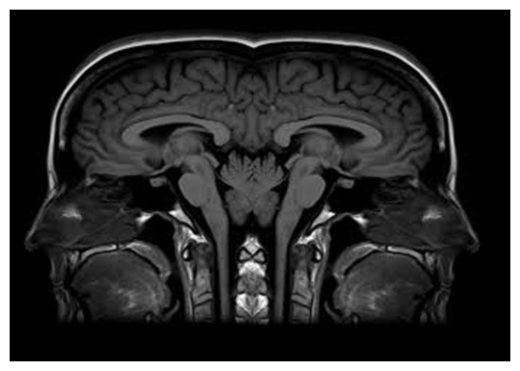Bailey et al. analyzed a sample of 1,031 papers published in 2017, finding that just 3.2% of participants were non-right-handed, even though this group makes up about 10-13% of the general population.
These findings are hardly unexpected. The exclusion of non-right-handed people from neuroimaging (especially fMRI) studies is standard practice in the field. If anything, I was surprised by how high the 3.2% figure was.
The reason usually given for the right-handers-only policy is that non-right-handed people are more likely to have atypical brain lateralization of language.
In most people, language functions are found in the left hemisphere of the brain. About 4% of right-handers show right hemisphere or mixed-hemisphere lateralization of language, while in non-right-handers, the rate is about 30%.
Atypical language lateralization isn't harmful, but it could create difficulties for neuroscientists studying language, by adding variability to the results. So the focus on right-handers makes sense in this context.
But as Bailey et al. point out, the taboo against adextral (non-right-handed) participants has spread far beyond the neuroscience of language:
Researchers studying language-related processes arguably have a principled justification to exclude adextral subjects from their investigations...[but] in recent decades this cautionary practice has apparently spread to most other domains of cognitive neuroscience.In fact, Bailey et al. found that non-language studies are just as exclusionary as language-related ones. The only difference was that language studies were more likely to report the handedness of their participants.
It is far from clear that a blanket exclusion of non-right-handers is needed for studies of, say, memory, emotion, or decision-making, in which there is no language component.
Bailey et al. conclude with 4 reasons why neuroscientists should end the ban on lefties, at least for non-language studies. The authors argue that including more representative samples would be better for science, but they also raise an ethical case for inclusion.
Speaking as someone whose experience as a student research volunteer was important in shaping my early career, I found the following point especially compelling:
Participation in neuroimaging research may be considered as a rich learning experience in and of itself - particularly for students who wish to pursue a research career in a related field.




Reader Comments
As a result, my singing became better and my guitar became less 'mechanical.'
I'm still walking.
R.C.
R.C.
Full disclosure: I'm left-handed ...
I had been forced by my basic school teacher to write right-handed, quite common at that time (and back at the primal topic - bias against lefties). That gave me an ugly handwriting, and the ability for retrography.
"left handed" mice always amuse me ... as I write with my left hand, I obviously use a mouse with my free right hand .... it's the right handers who should be using "left handed" mice
As a result, I had to use my other side of my brain, and my musical abilities seemed to grow as I was forced to use the right side of my brain. I always felt I was too 'mechanical' of a guitar player; but those injuries seemed to help my 'soul- singing' or whatever.
R.C.